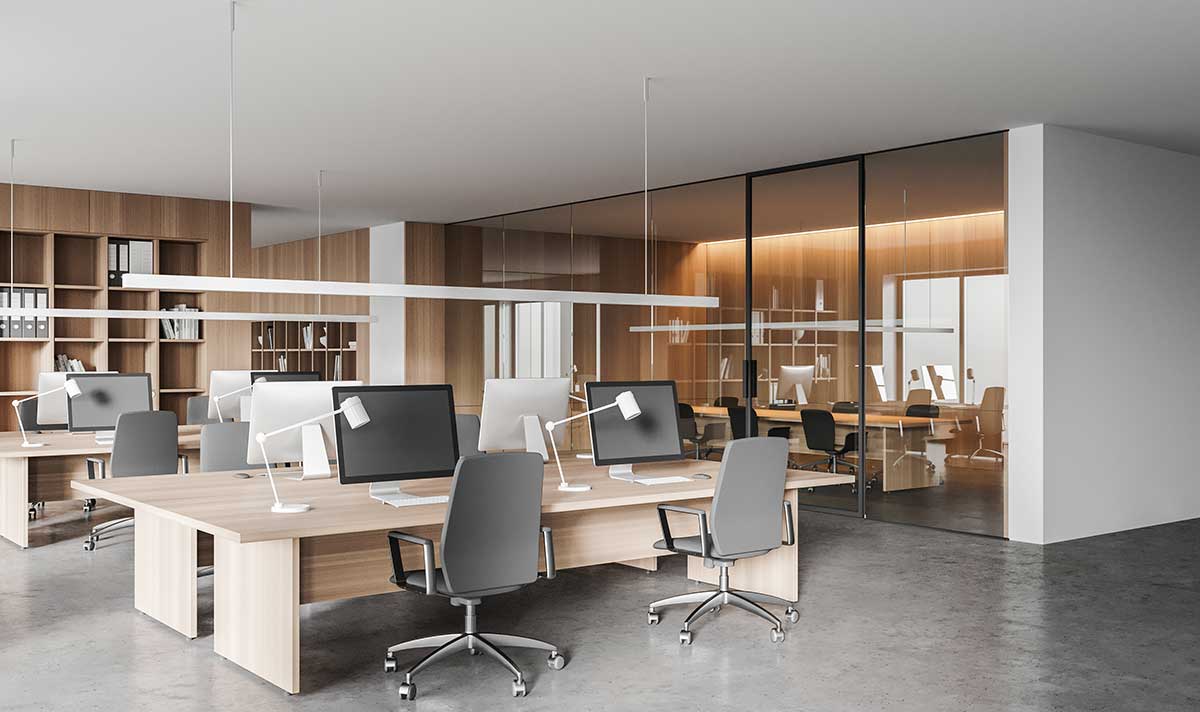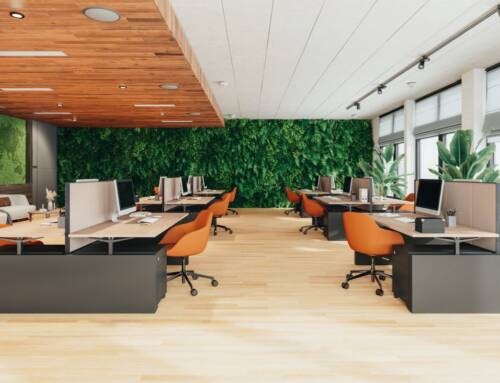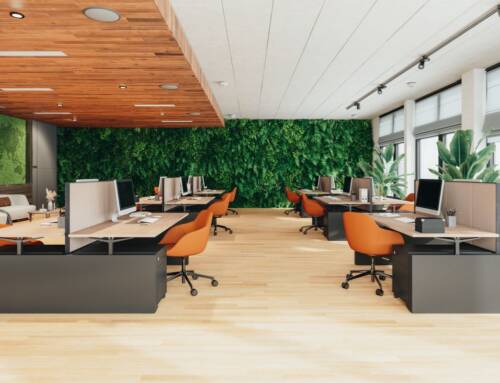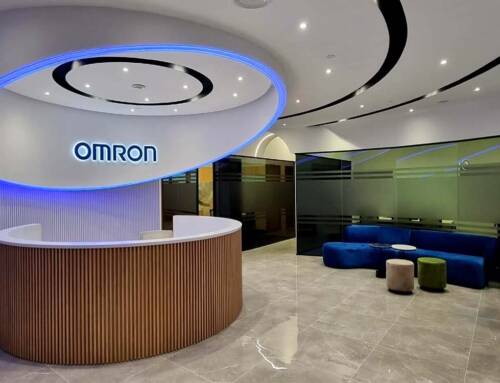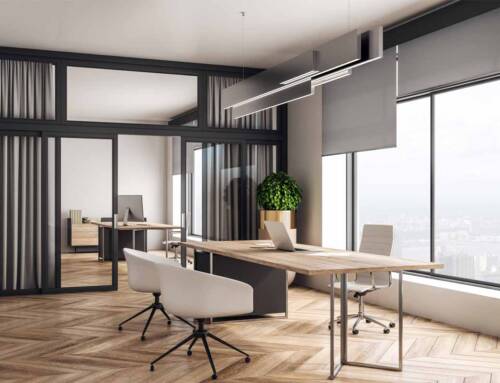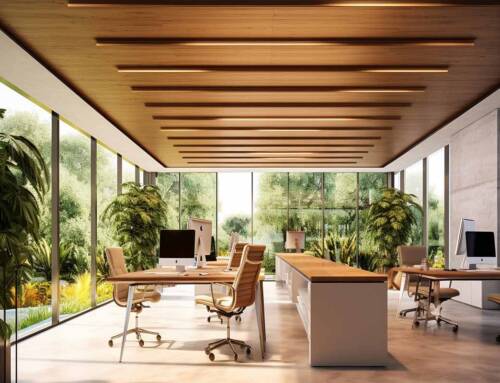Minimalist office design is a trend that has been gaining popularity in recent years. The idea behind a minimalist design is to create a space that is simple, functional, and clutter-free.
Minimalist design is characterised by its use of clean lines, neutral colours, and a lack of unnecessary decoration. In this article, we will explore the benefits of minimalist office design and provide some tips on how to create a minimalist office space that is both functional and aesthetically pleasing.
Read also: Top 5 Features of Modern Office Interior Design
Benefits of Minimalist Office Design
Whether you’re redesigning an existing office or setting up a new workspace, a minimalist office design can help create an environment that promotes employee productivity, well-being, and success. Let’s explore the benefits of minimalist office design and provide some tips on how to create a minimalist office space that promotes employee productivity, creativity, and well-being.
Increased Productivity
A minimalist office design can help improve productivity by reducing distractions and allowing employees to focus on their work. By eliminating clutter and unnecessary decorations, the office can become a more peaceful and calming environment, which can help employees stay focused and productive.
Enhanced Creativity
A minimalist office design can also enhance creativity by allowing employees to think more clearly and generate new ideas. By reducing visual clutter and distractions, the mind can be more relaxed, which can help spark creativity.
Improved Organisation
A minimalist office design can also improve the organisation by making it easier to keep the office clean and tidy. By having fewer items and decorations, it becomes easier to keep everything in its place, and employees can find what they need more quickly and easily.
Reduced Stress
A cluttered and disorganised workspace can be stressful and overwhelming. By creating a minimalist office design, employees can feel calmer and more relaxed, which can help reduce stress levels and improve overall well-being.
Tips for Creating a Minimalist Office Design
Choose a Neutral Color Palette
A neutral colour palette is a key element of minimalist design. Choosing a colour such as white, grey, or beige for the walls and floors can create a clean and calming environment. Neutral colours can also make the space feel larger and more open.
Use Natural Light
Natural light is an important element of minimalist office design. Allowing as much natural light as possible to enter the space, can help improve employee well-being, mood, and productivity. Large windows, skylights, and glass walls can all help maximise natural light.
Simplify Furniture
Minimalist office design is all about simplicity. When selecting furniture, choose pieces that are functional, comfortable, and simple. Avoid furniture with ornate designs, and opt for pieces with clean lines and simple shapes. This will help create a clutter-free environment while providing a functional workspace.
Eliminate Clutter
The most important aspect of minimalist office design is eliminating clutter. Get rid of anything that is not essential, including unnecessary decorations, papers, and cluttered workstations. Everything in the office should have a specific purpose and be neatly organised.
Incorporate Plants
Plants can add a touch of nature to a minimalist office design, while also helping to improve air quality. Select plants that are low-maintenance and require minimal watering, such as succulents or air plants.
Read also: Biophilic Office Design: Benefits and Tips for a Greener Workplace
Use Storage Solutions
Storage solutions are essential in a minimalist office design. Instead of cluttering the space with filing cabinets and bookshelves, consider using floating shelves or wall-mounted storage to keep everything organised and out of sight.
Keep it Clean
A minimalist office design requires regular cleaning to maintain its simplicity and cleanliness. Encourage employees to keep their workstations tidy and organised, and hire a cleaning service to keep the office clean and free of dust and debris.
In conclusion, a minimalist office design can be an effective way to create a workspace that is both functional and aesthetically pleasing. By using a neutral colour palette, maximising natural light, simplifying furniture, eliminating clutter, incorporating plants, using storage solutions, and keeping the space clean, you can create a minimalist office design that promotes productivity, creativity, and employee well-being.
Read also: Top 7 Design Tips That Make A Good Office Interior Design

